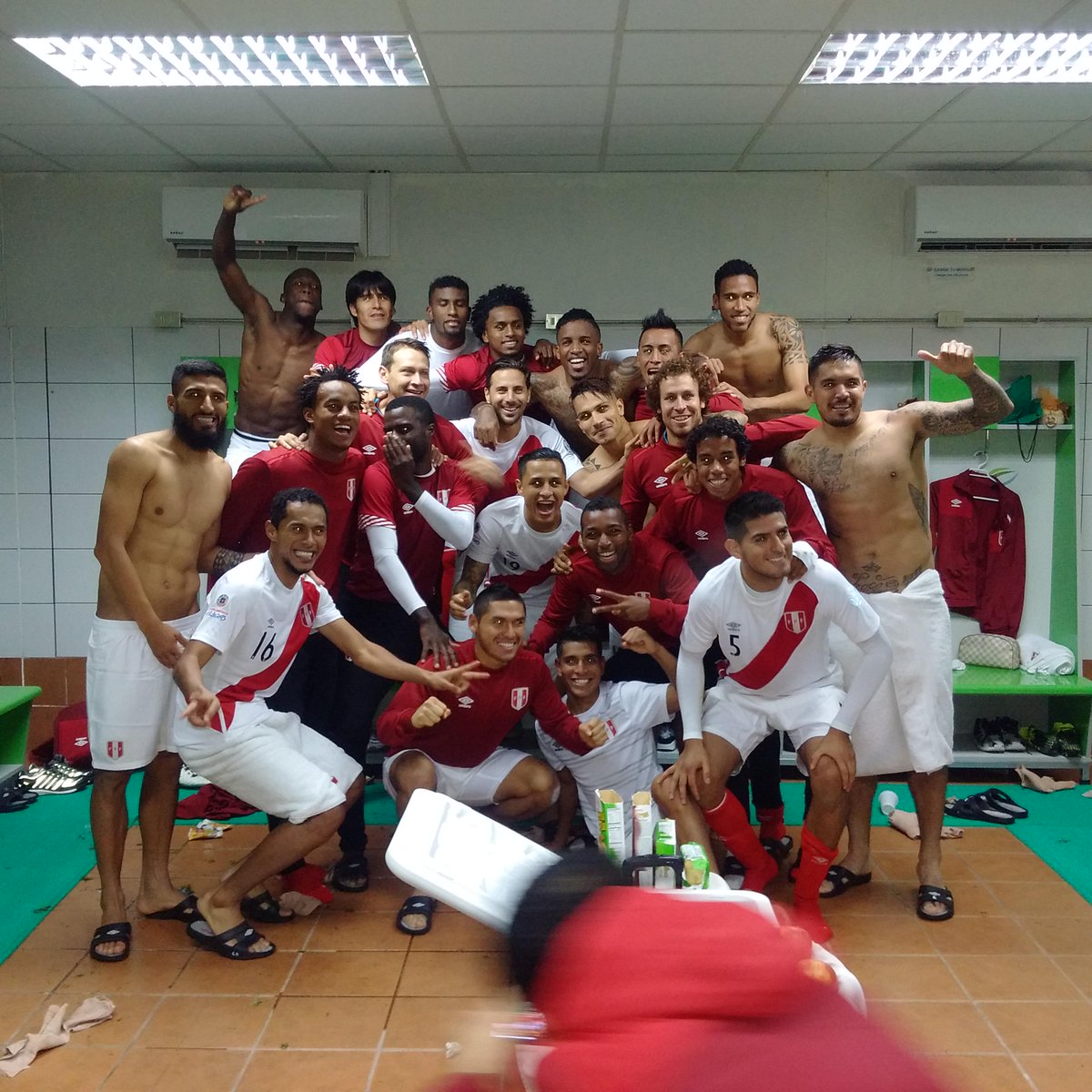Great excitement and pride recently over Peru's impressive performance during the Copa America.
And then an additional stirring moment when captain and Bayern Munich striker Claudio Pizarro became the first player in the tournament to tweet in Quechua.
Pizarro told El Comercio that he had
to get help from the internet, his team mates and the team’s physio to post the
messages. “I would have liked to have learned it in school, and have it. But it
helps at least to get people excited and fired up. And at the same time we help keep
it alive – not to lose this language that is ours.”
Quechua is one of Peru’s official languages, along with
Spanish, and is still spoken by about 3.5 million people, mainly in the central
and southern Andes. It’s only one of the country’s indigenous languages - there’s
also Aymara from the southern plains of Puno and Lake Titicaca, and other lesser known languages from the Amazon region.
Although these languages are starting to be recognized more,
they are struggling to survive as people move from the country to the larger
cities and the coast where Spanish is dominant.
Tello’s knowledge of Quechua was a huge advantage in his work. It wasn’t only about uncovering artefacts. It was all about the people. There’s a strong sense of this in tio Hernan’s Anecdotes. For them the excitement was in the stories those treasures could tell about the past and how those stories resonate down the generations to form a living link in the indigenous populations.
Tello’s enthusiastic investigative approach
was apparent from early on. Hernan describes the scientist’s first field trip
as a young student
The governor of Huantán
In which three students excite considerable suspicion in Yauyos
In which three students excite considerable suspicion in Yauyos
The young Tello was twenty years old and in the second year of his
studies when, under the guidance of his professor Sebastián Barranca, he
organized his first anthropological field trip. He chose the province of
Yauyos, so that he could study the cauqui language, along with the flora, fauna
and folklore of the region.
As a young student he didn’t yet have influence enough to attract
foreign colleagues or other more experienced experts in the field to his
expedition. He chose instead to accompany him, two friends from his home town
of Huarochirí, Julián Macavilca and Sixto Inga. And so it was that these three youngsters
made their appearance in Yauyo territory.
 |
photograph - Yayo López
©PromPeru
|
The trip passed without incident until they came to the town of Huantán, and even here nobody seemed to take very much notice of them, except for the governor. From the very beginning he viewed them with suspicion. The young strangers did not seem to him to have, shall we say, good Christian intentions! What was all this wandering about his jurisdiction picking wild flowers and herbs, and asking after their names and properties? And then all these questions about how people lived? He decided to alert his officers.
If the Governor was slightly apprehensive, his officers were downright distrustful. They followed the three young students wherever they went, hard on their heels, making inquiries into what it was these outsiders wanted to know. Nobody knew exactly quite what they were up to, but they all came to the same conclusion - that it could be nothing good. A detailed report on their movements was sent back to the governor who also concluded that they were dealing with some very suspicious characters.
 |
| photo - www.peru.travel |
This was interference in their lives. He issued a detention order and
the three young men were apprehended and taken off to the local jail.
Spoiling for a fight and ready to defend his territory to the end, the governor
went to interrogate them. It took some considerable time for the students to
finally convince him that everything was in order.
They produced all the relevant documentation showing their credentials and evidence that they had made all appropriate requests to the authorities for the necessary permission for their expedition. Even then, the Governor still eyed them skeptically and seeing his continuing distrust, the young Tello, in order to try to dispel his worries once and for all, embarked upon a lengthy explanation, in the simplest of laymen’s terms possible, exactly what the objectives of their research were.
Of course the governor was finally forced to let them go free. But he never did quite understand what on earth who got married to who, and who spoke the best cauqui had to do with science.

No comments :
Post a Comment